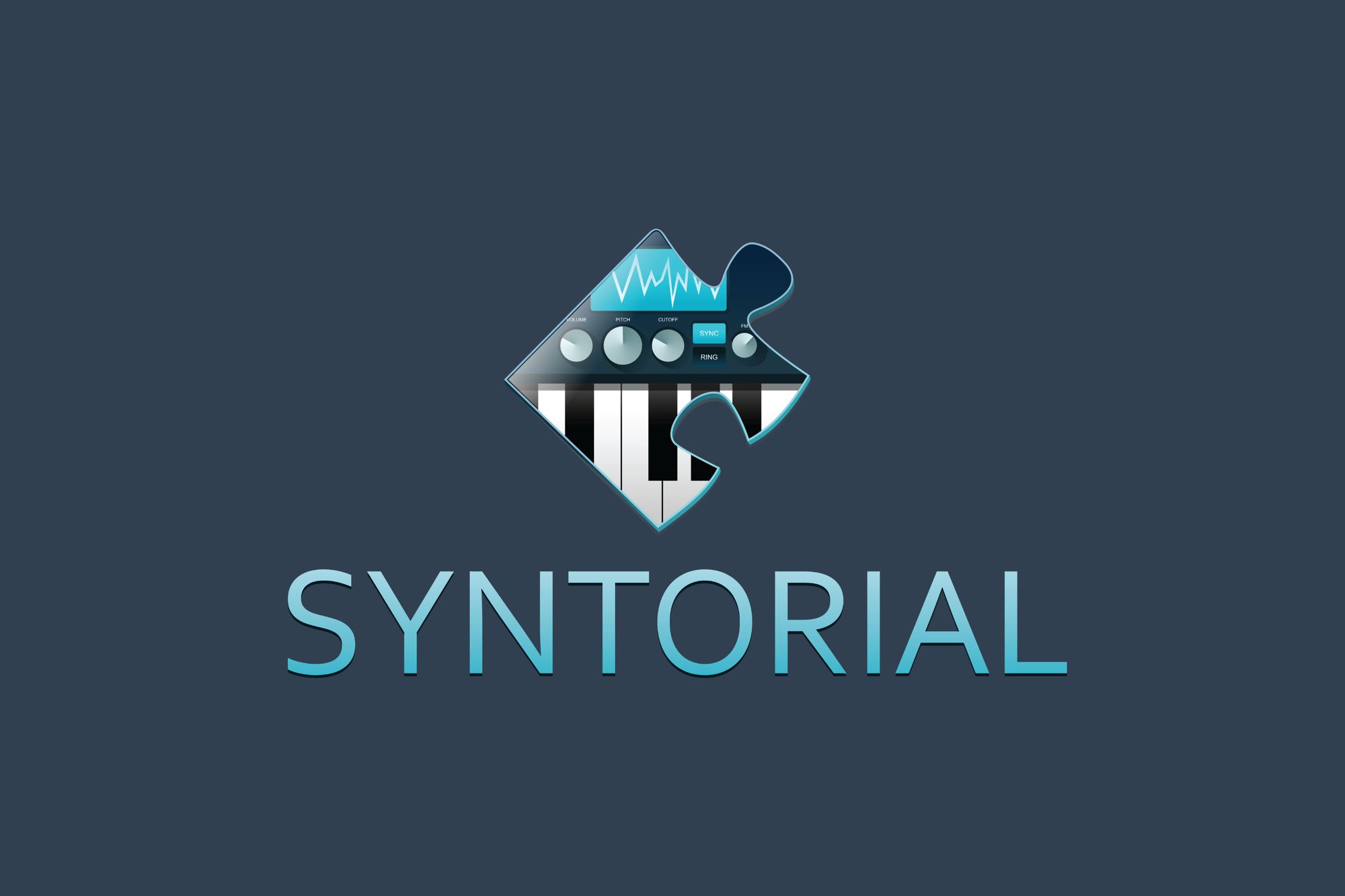When we talk about the relative minor and major scales, we often also talk about the idea of parallel minor and major scales. Relative scales are when the scale share the exact same notes and chords, but the root notes are different, which changes the series of intervals from the root note that are created by each scale, which is what gives a scale it’s color and personality.
When we switch to parallel scales, we end up flipping that relationship, wherein the roots are now the same, so the notes are now different from scale to scale. In the following component you can switch the Context from Relative to Parallel and the scales will align their roots in the same column.
But we are only comparing two scales here, the Major and Minor scales. What if we continued with this idea as far as we could take it?
And Now, a quick word from our sponsor:
Syntorial
Learn MoreThank you, and now back to our content...
Modes
What we are really doing when we compare the A Minor and C Major scales is we are looking at the same group of notes, but starting in different places. It’s similar to using a device, like a mobile phone, in different modes of operation. We often think of these modes as apps. You could draw a parallel between using a few different apps on your phone and checking out all the different intervals that arise when looking at the saem group of notes form different starting points.
So, to define the concept, a Mode is an alternate scale pattern based off of a selected note of the same collection of notes (scale).
Here is a chart illustrating the origin of each of the 7 different modes from the A minor scale. Every mode is simply the same collection of notes, but started one note later.
Here are the 7 unique scale patterns created by the 7 modes. We can use these scale patterns to create multiple modes (scales) starting on the same note. The minor and major scales are only 2 out of 7 modes created by one collection of notes.
If we apply all 7 of these unique scale patterns to the same root, we can re-create these 7 different modes on the same note. These are the resulting scales based off the root of C. The accidentals are in blue (flats) and orange (sharps.)
Now let’s re-order the modes so that the darkest modes are on the bottom, and the brightest modes are on top. I am using the number of sharps and flats as an indicator of light and dark, with more flats indicating a darker scale type.
We can now re-order the modes in sonic color from brightest to darkest, which will give us the most usable list. Notice that the lower down the chart, the more flats, and the darker the mode.
The old names for these modes do not have all that much meaning, so we can also think about the modes in relation to what we already know. The Major and Minor scales. Here we rename the modes in relation to major and minor, giving us a new way of thinking about the them.
If we replace the note names with numbers then we can apply these different modes to any scale and repeat the same effect. We switched back the names for a second as well for clarity.
All the Scales
Here are all of the modes for every key on the keyboard in one interactive component. Take a look at how each successive mode from left to right (lightest to darkest) simply changes by one note at a time, until you get to the darkest mode, which is Locrian.
1 Select a Root Note
2 Select a Scale Type
G2
C3
C4
C5
If you enjoyed this article and found it useful,
then please consider donating to support :-)
If you enjoyed this article and found it useful, then please consider donating to support :-)
